Human Body Organ Systems: An Orientation
Human Body Organ Systems
The human body is made up of 11 organ systems that work with one another (interdependantly). These systems include the integumentary system, skeletal system, muscular system, lymphatic system, respiratory system, digestive system, nervous system, endocrine system, cardiovascular system, urinary system, and reproductive systems. Each of these areas of the body are focused on independently by healthcare professionals that have specialised, as there is so much for them to learn about each one. For example, if you have a problem with your urinary system you would visit a urologist like those you can find at https://www.advancedurology.com/, a problem with your hearing would require the help of an audiologist, and a problem with your heart would need the attention of a cardiologist. Of course, there are more complicated issues that might require the help of two specialists. For instance, people who suffer from ED can consult a urologist or an endocrinologist as both are capable of prescribing medicine (probably tadalafil, which you can check here). Each organ can have complications, and thus the need for specialist doctors. We will briefly discuss the major functions of each organ system below
Integumentary system– (skin, hair, nails) Forms the external body covering and protects deeper tissues from injury. Houses cutaneous receptors, sweat glands, oil glands, and synthesizes vitamin D.
Skeletal system– (bones, joints) Supports and protects the body’s organs. Provides a framework muscles use (movement). Bones also store minerals and create blood cells.
Muscular system– (skeletal muscles) Maintains posture and produces movement (locomotion). Produces heat.
Lymphatic system– (red bone marrow, thymus, lymphatic vessels, thoracic duct, spleen, lymph nodes) Houses white blood cells (lymphocytes) involved in immunity. Returns leaked fluid from blood vessels to the blood and disposes debris within the lymphatic stream.
Respiratory system– (nasal cavity, pharynx, larynx, trachea, bronchus, lung) Removes carbon dioxide and continually supplies blood with oxygen. Gaseous exchanges occur in the respiratory system (lungs).
Digestive system– (oral cavity, esophagus, liver, stomach, small intestine, large intestine, rectum, anus) Breaks down food to be absorbed and eliminates indigestible waste.
Nervous system– (brain, spinal cord, nerves) Control system of the body, responds to internal and external changes, activates muscles and glands.
Endocrine system– (pineal gland, pituitary gland, thyroid gland, thymus, adrenal gland, pancreas, ovary, testis) Glands from the endocrine system secrete hormones that regulate many processes like growth, metabolism, and reproduction.
Cardiovascular system– (heart, blood vessels) The heart pumps blood and blood vessels transport it. Blood carries oxygen, carbon dioxide, nutrients, waste and more throughout the body.
Urinary system– (kidney, ureter, urinary bladder, urethra) Eliminates nitrogenous wastes from the body. Regulates acid-base, electrolyte and WATER balance of blood.
Reproductive systems
MALE (prostate gland, penis, testis, scrotum, ductus deferens)
FEMALE (Mammary glands, ovary, uterus, vagina, uterine tube)
The main function of the reproductive system is to produce offspring. Sex hormone and sperm are produced by the male testes. Male ducts and glands help deliver the sperm. Ovaries produce female sex hormones and eggs. Other female reproductive structures serve as sites of fertilization and development. For instance, the mammary glands produce milk for the newborn.
Related Posts
Category: The Basics


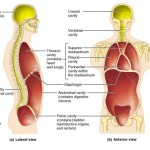
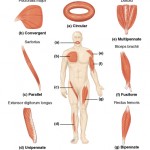
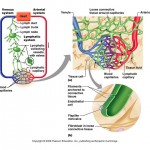
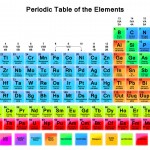
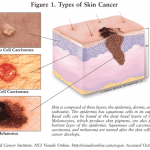
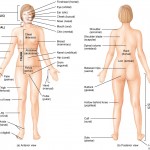
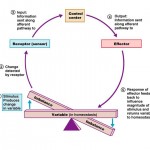
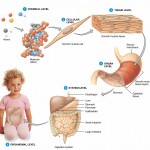

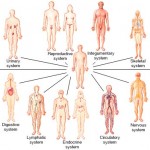
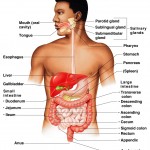
Hi, Who wrote this? How can this be cited? I would like more information please.
Kind Regards
J.Doege
https://anatomyandphysiologyi.com/author/acroagogue All the information you require can be found here. If you have any other questions feel free to contact us. Kind Regards, Jennifer Lutz.
Yes Jennifer I agree. This site has been very helpful. I just kind of lucked upon it and then I read your comments below.
THIS WAS VERY INFORMATIVE IN OPENING THE WAY TO MORE DETAILS INFORMATION. A GREAT START FOR ME.